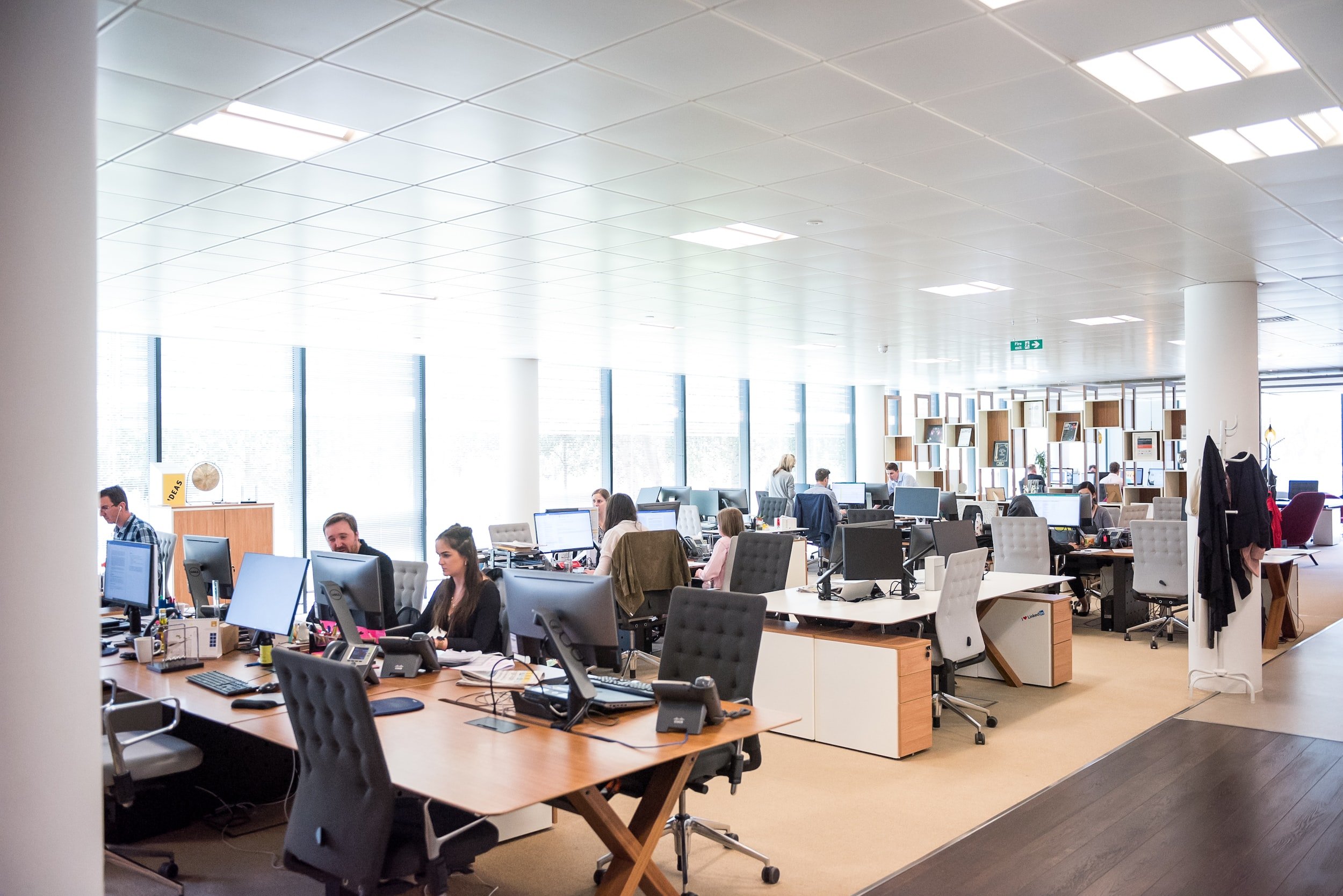Creating a flexible workplace
Having the ability to be able to offer flexibility to your employees can increase job satisfaction and productivity. It is an area that can lead to your business being an employer of choice and give you the upper hand on competitors when it comes to staff recruitment and retention. Remote working isn’t the only option available. At CBW Accounting and Taxation, we’ve compiled a list of great options for your business.
Options for creating a flexible workplace
Part time hours
Not all positions require full time hours and this gives the business flexibility to only fill the position for the hours required to complete the role. It is the same with employees, not all employees want to work full time for various reasons and there is a large amount of skill and knowledge not being utilised due to businesses requiring full time employees only. Think about those who are looking at moving into retirement, returning to the workforce or just require a role that manages their work/life balance requirements.
Remote working
Most office employees have been asked to work from home over recent years. There are employees that thrive in working remotely and find they are much more productive. There are many benefits to the arrangement.
o Work / life balance
o Employee freedom to plan their day
o The quietness of the home allows more work to be completed
o Savings of office rental cost
o Reduced travel time, parking and travel costs
Flexible start and finish times
This can work to advantage for both the business and the employees. From offering flexible start and finish times, you may have more hours in the day covered by employees. For example, employee A starts at 7am and finishes at 3pm and employee B starts at 10am and finishes at 6pm, the office is then staffed from 7am to 6pm.
Reduced pay for increased annual leave
This involves the employee taking a reduced salary that compensates for being able to take more annual leave days than the standard 4 weeks a year. It essentially is unpaid leave, but the employee is paid a lower amount each pay cycle which goes towards extra leave days.
Rostered days off
Similar to a reduced pay for increased annual leave, except the employee works an extra hour each week which is banked as RDO hours. RDO’s can be dates set or taken by the employee at their request. This is very common in the construction industry.
Time in Lieu
Where an employee is requested to work outside of their normal hours. Instead of the time worked being paid, it is taken in the way of time off at a future date.
Condensed work weeks
Condensed work weeks are being talked about in great lengths currently and there are a number of businesses adopting this model. The concept is where an employee works their required weekly hours in a shorter amount of days ie 4 days for a full time employee. This provides an extra day off per week to the employee. Another option are 9 day fortnights, ie working 10 days in 9.
Fairwork.gov.au
When looking at flexibility in your workplace, if your employees are covered by an award, you should always first review their entitlements under that award. This can be done at www.fairwork.gov.au


